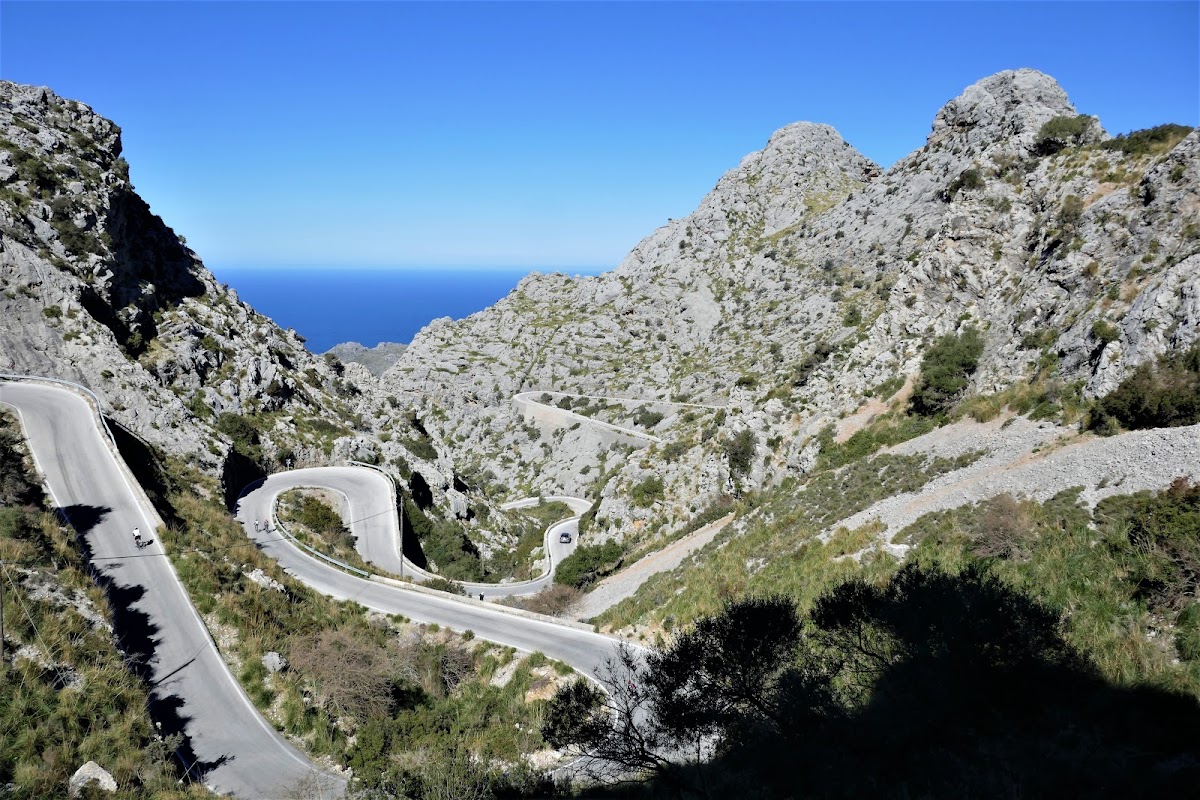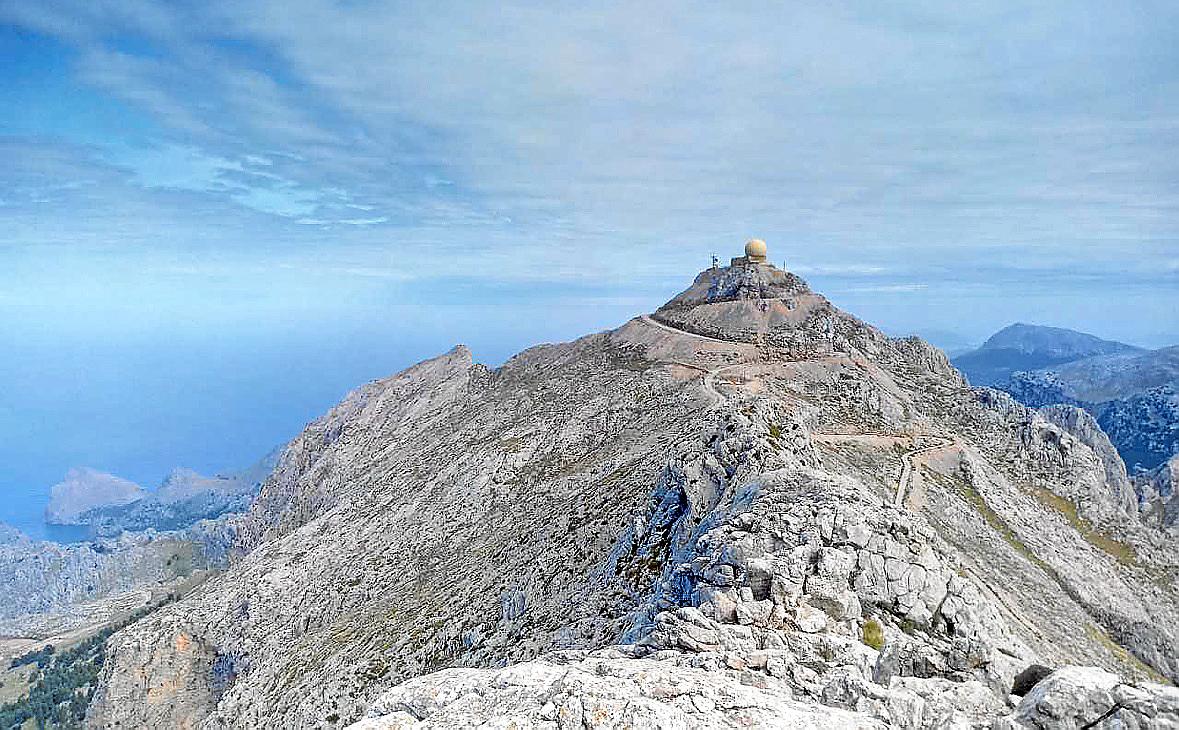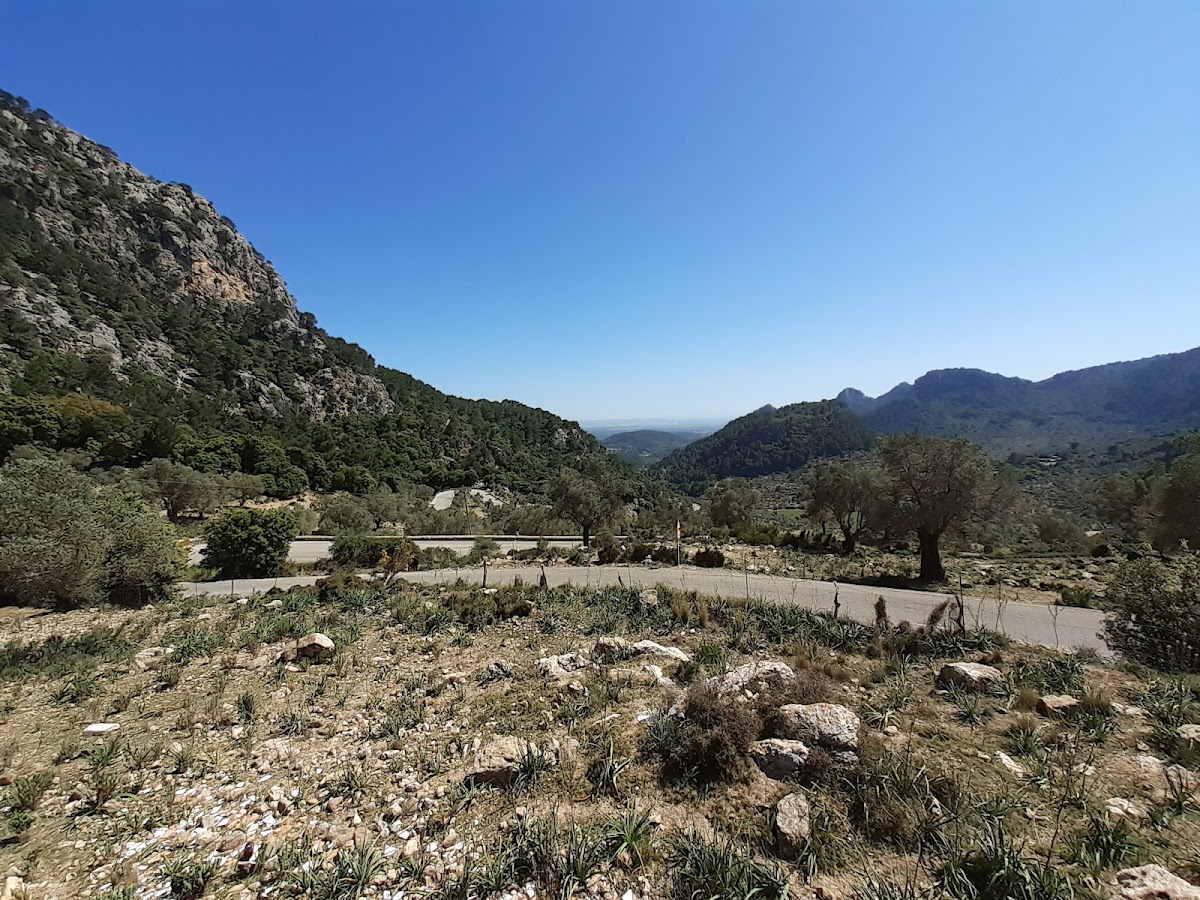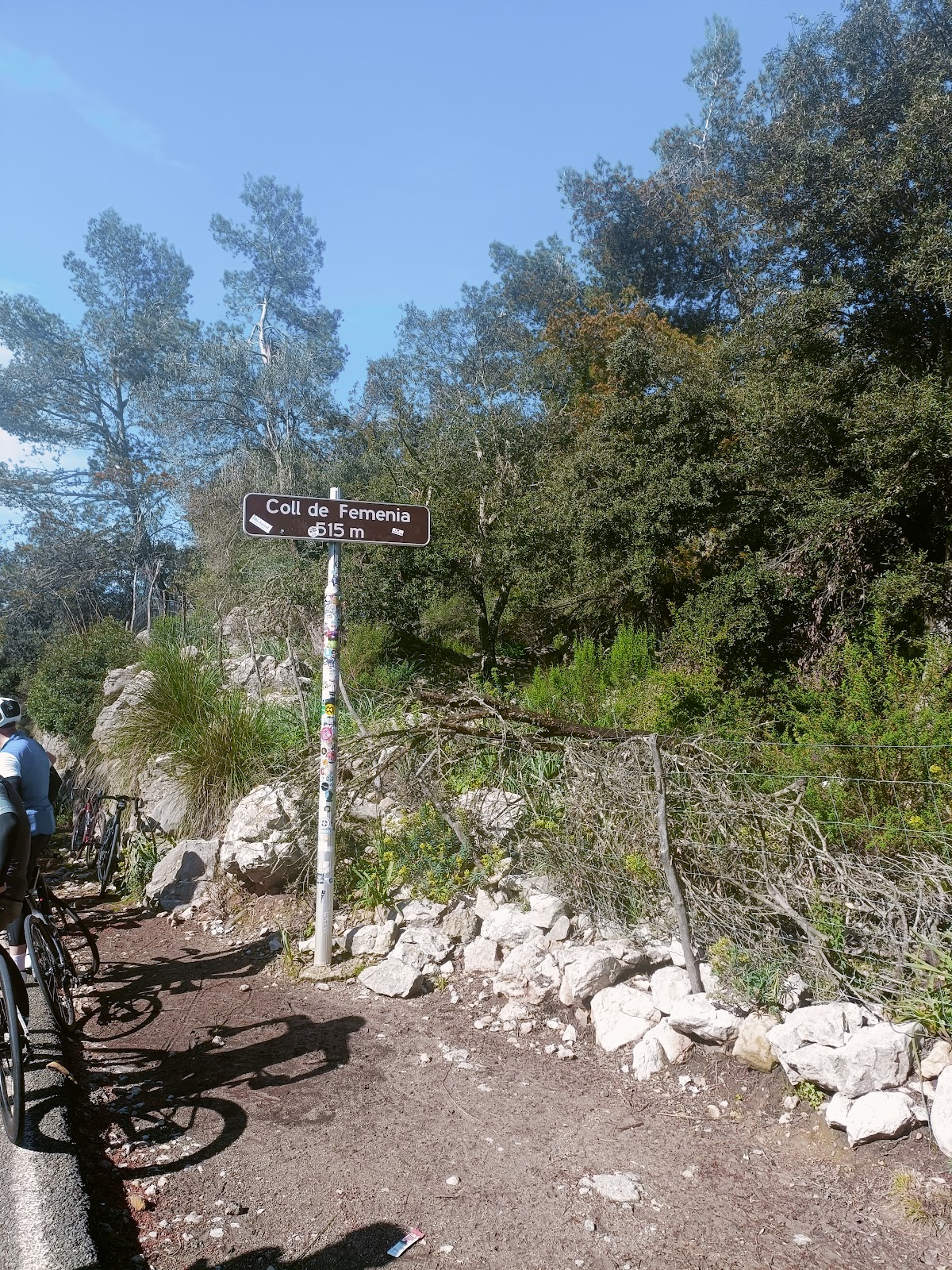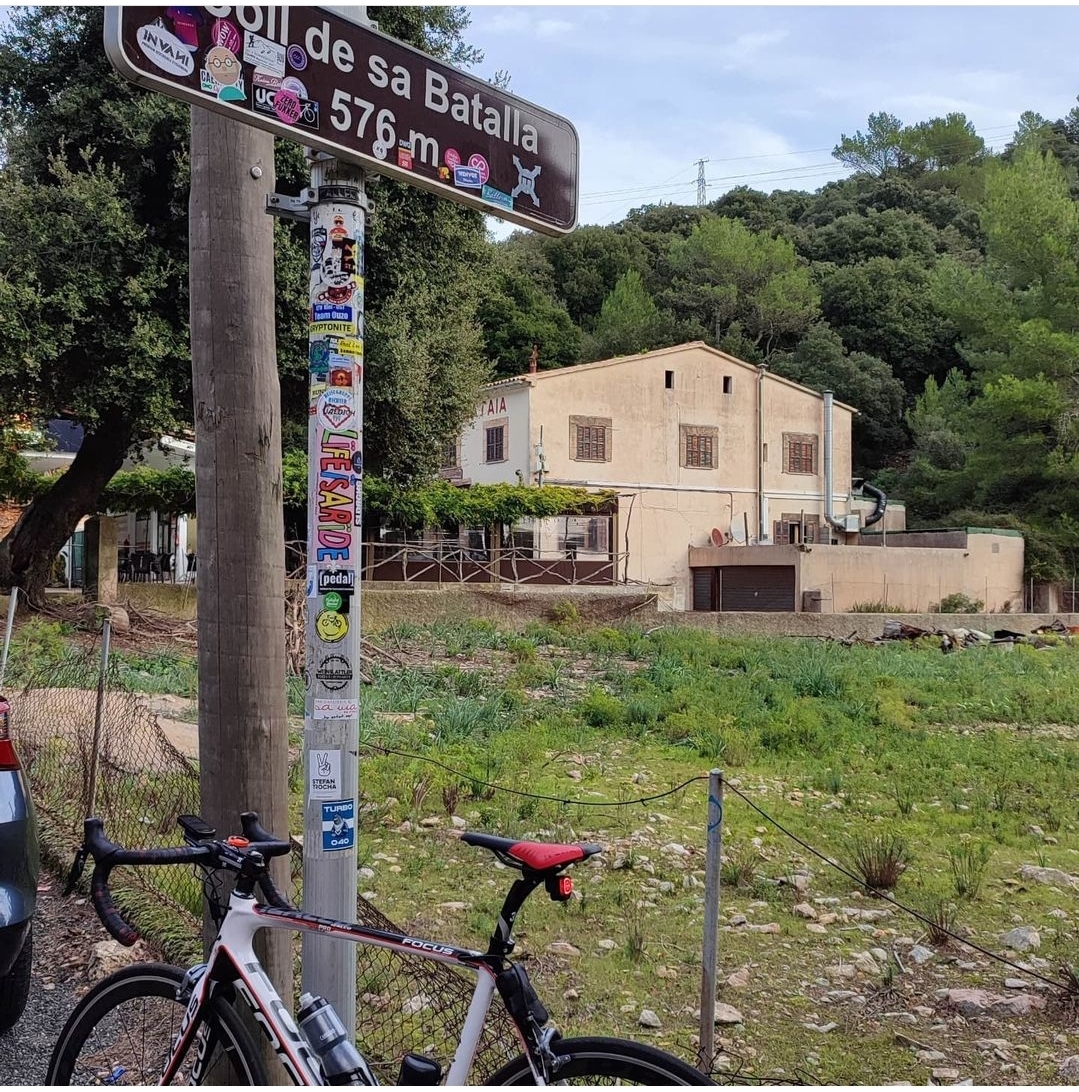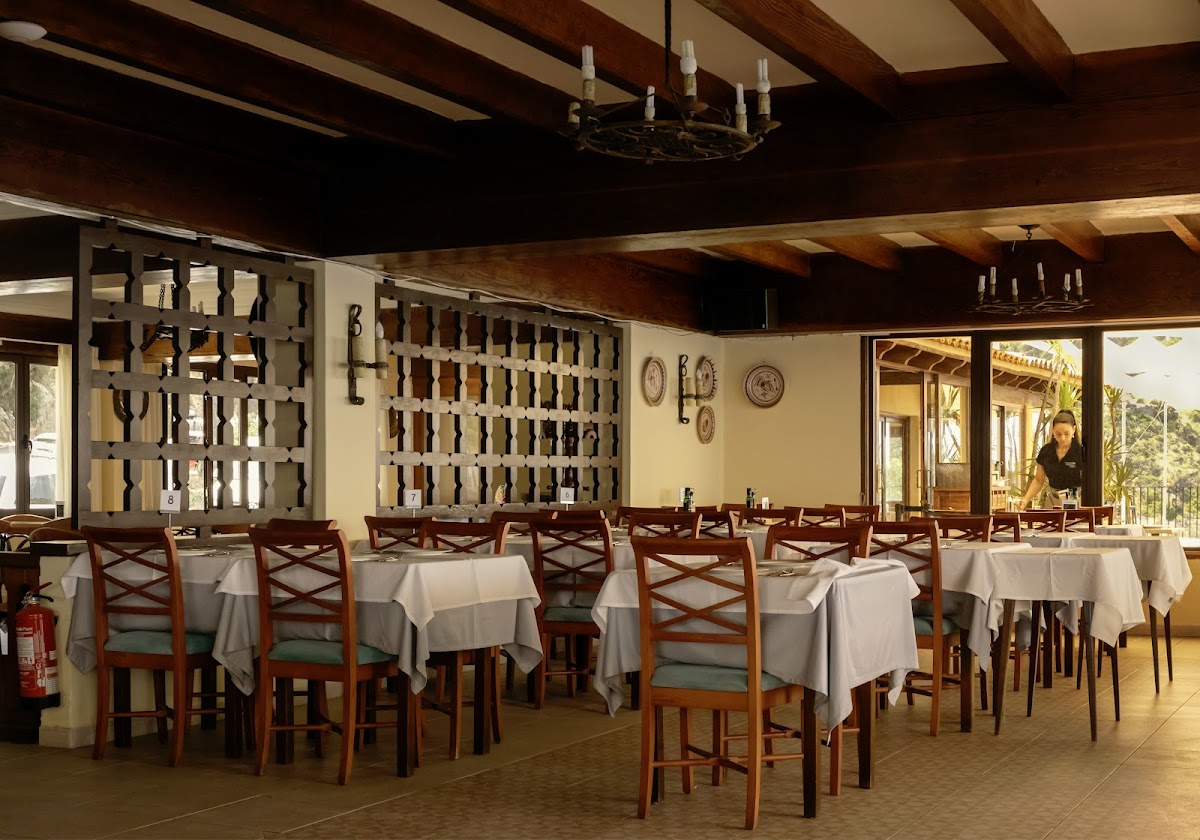Pedal the Peaks: Discover the 5 Must-Ride Climbs of Mallorca’s Dramatic Tramuntana
Mallorca, the crown jewel of the Balearic Islands, is a paradise for cycling enthusiasts. Its rugged Tramuntana mountain range offers some of the most breathtaking climbs in Europe, drawing cyclists from all over the world. With smooth roads, stunning vistas, and challenging ascents, the Tramuntana is a dream destination for those looking to test their mettle against gravity. In this guide, we unveil the five must-ride climbs in Mallorca’s Tramuntana that promise to elevate your cycling experience to new heights.
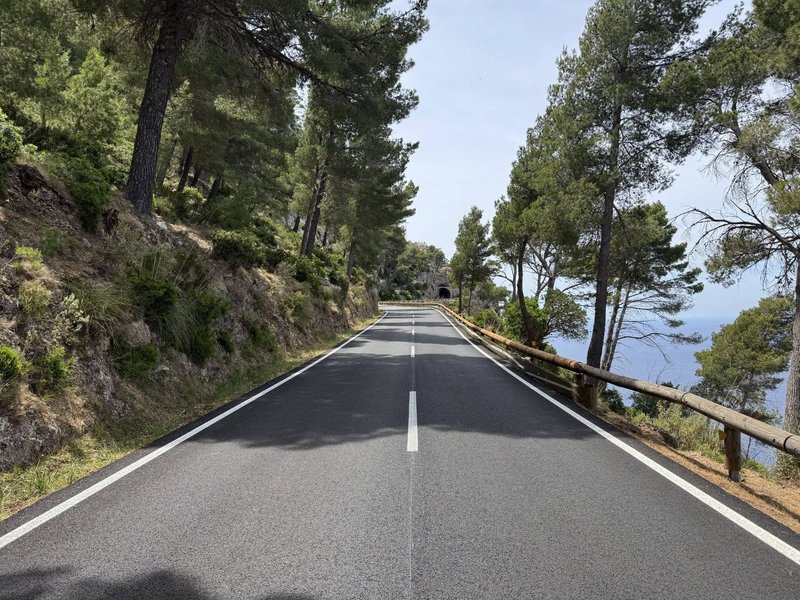
The Tramuntana mountain range is a cycling paradise
Sa Calobra
- Location and How to Get There: Nestled in the heart of the Tramuntana, Sa Calobra is accessible via the MA-2141 from Sóller. The road descends to the tiny port village of Sa Calobra, where the climb officially begins.
- What Makes It Special: Known as one of the most iconic cycling climbs in the world, Sa Calobra is famous for its serpentine switchbacks and the 'knot,' a 270-degree spiral bridge. The ascent is a 9.4 km ride with an average gradient of 7%, testing both endurance and skill.
- Best Times to Visit: Early spring and late autumn are ideal for avoiding the summer heat and tourist crowds.
- Insider Tips: Start early in the morning to enjoy cooler temperatures and less traffic. Make sure to refuel at the top in Coll dels Reis before your descent.
Puig Major
- Location and How to Get There: Puig Major is the highest peak in Mallorca and can be accessed from the town of Coll de Sóller. Take the MA-10 towards the mountain.
- What Makes It Special: This is the longest climb in Mallorca, stretching over 14 km with an average gradient of 6%. The climb takes you through a series of tunnels and offers panoramic views of the island from its highest point.
- Best Times to Visit: Late spring or early summer provides clear skies and pleasant weather.
- Insider Tips: Due to its length, pacing is crucial. Consider stopping at the scenic Gorg Blau reservoir for a break and a photo opportunity.
Coll de Sóller
- Location and How to Get There: Starting from the town of Bunyola, the climb follows the old road, MA-11A, which bypasses the Sóller tunnel.
- What Makes It Special: With 36 hairpin bends, the Coll de Sóller offers a classic cycling experience. The climb is 7.4 km long with a manageable gradient of 5%.
- Best Times to Visit: Autumn, when the surrounding orchards are lush with ripe fruits.
- Insider Tips: Avoid weekends if possible, as the road can get busy with local traffic. At the summit, reward yourself with a coffee at the nearby café.
Coll de Femenia
- Location and How to Get There: Located near the town of Pollença, the climb begins on the MA-10.
- What Makes It Special: This climb is known for its beautiful olive groves and stunning views of the Tramuntana range. It’s 7.5 km long with a gentle average gradient of 6%.
- Best Times to Visit: Spring is perfect with the blooming wildflowers adding color to the landscape.
- Insider Tips: Pair this climb with a visit to the nearby Lluc Monastery for a cultural and spiritual detour.
Coll de sa Batalla
- Location and How to Get There: This climb starts from the village of Caimari on the MA-2130.
- What Makes It Special: A relatively short climb at 8 km, it offers a steady gradient and is often used by professional teams for training due to its challenging yet manageable slopes.
- Best Times to Visit: Winter, when the roads are quieter and the air is crisp.
- Insider Tips: Combine this climb with a ride through the scenic Orient Valley for an unforgettable day on the bike.
Bonus Climb: Coll Des Pi
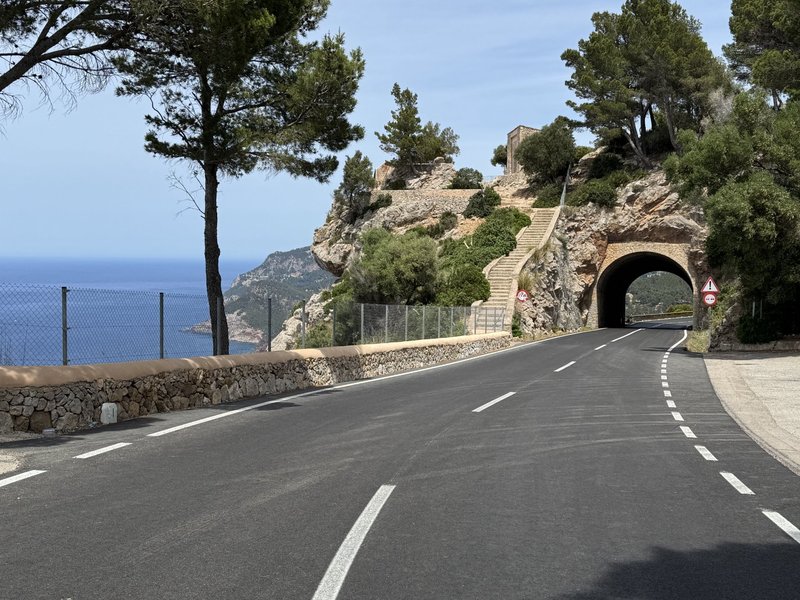
Coll Des Pi close to the top
- Location and How to Get There: The Coll des Pi is situated near the northern coast of Mallorca, accessible via the road leading from Pollença towards Lluc.
- What Makes It Special: This lesser-known climb offers a peaceful and scenic route, characterized by its lush pine forests and the occasional glimpse of the Mediterranean. The climb stretches for about 6 km, with an average gradient of 5%.
- Best Times to Visit: Early morning or late afternoon in the summer months, to avoid the midday heat.
- Insider Tips: Keep an eye out for the traditional Mallorcan stone terraces along the route, which are particularly beautiful in the soft light of dawn or dusk. The top of the climb provides a perfect spot for a quiet moment of reflection, overlooking the island’s rugged landscape.
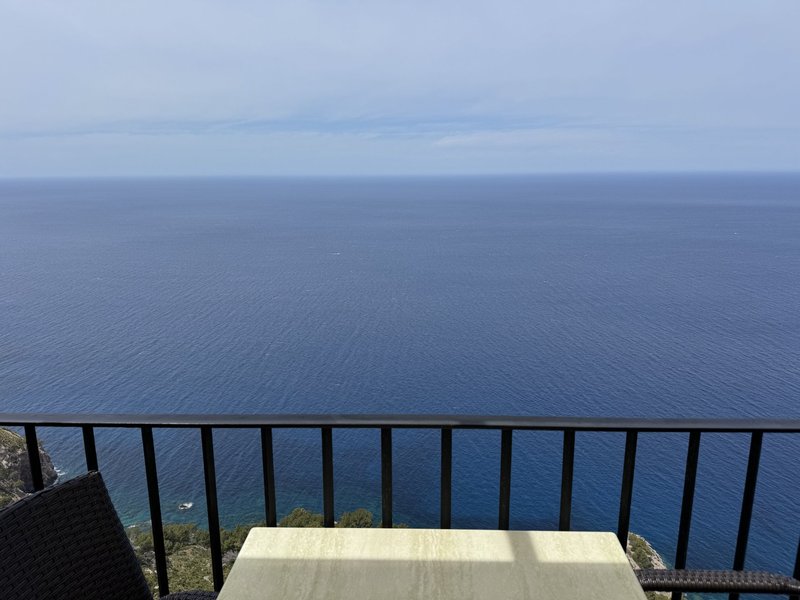
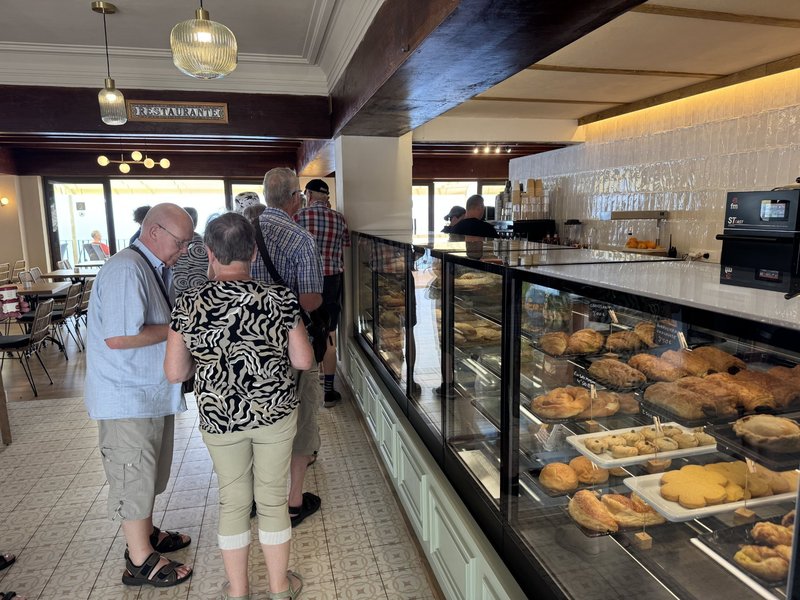
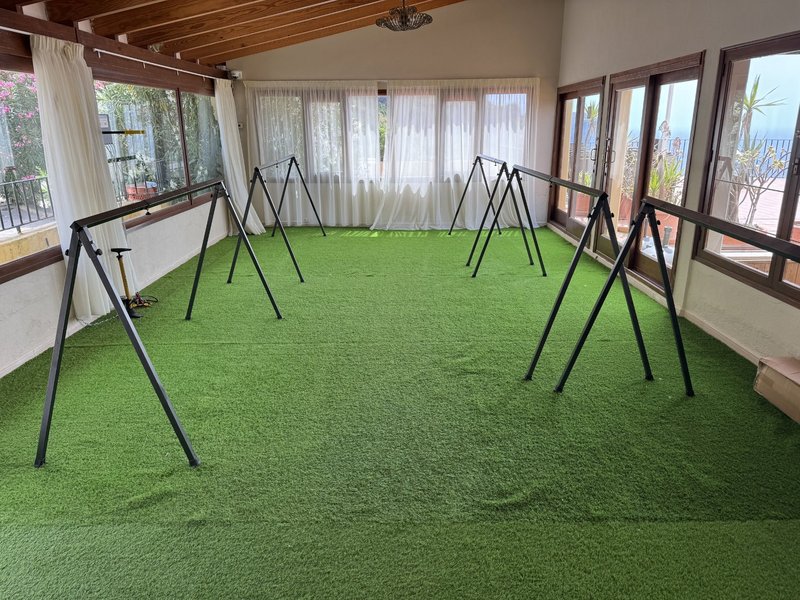
A great spot on the climb is the restaurant Es Grau. You don't come here for the simple food, but the views!
In conclusion, Mallorca’s Tramuntana range is a cyclist’s paradise waiting to be explored. With its diverse climbs, each offering unique challenges and spectacular views, it’s no wonder that the island is a top destination for cycling enthusiasts. Remember to prepare adequately, stay hydrated, and, most importantly, savor the ride. Whether you're seeking a personal best or simply the joy of the journey, these climbs will leave you breathless in more ways than one. Happy cycling!
Mentioned in This Guide
Explore all the locations mentioned in this guide on the map below.
Sóller
07100 Sóller, Balearic Islands, Spain
Sa Calobra
07315 Sa Calobra, Balearic Islands, Spain
Puig Major
Puig Major, 07315, Balearic Islands, Spain
Bunyola
07110 Bunyola, Balearic Islands, Spain
Coll de Sóller
Coll de Sóller, 07110, Illes Balears, Spain
Pollença
07460 Pollença, Balearic Islands, Spain
Coll de Femenia
VW42+6C, 07315 Lluc, Illes Balears, Spain
Caimari
07314 Caimari, Illes Balears, Spain
Coll de la Batalla
Coll de la Batalla, 07315, Illes Balears, Spain
Restaurant es Grau
Punto Kilométrico 98, Ma-10, 07192 Andratx, Illes Balears, Spain

